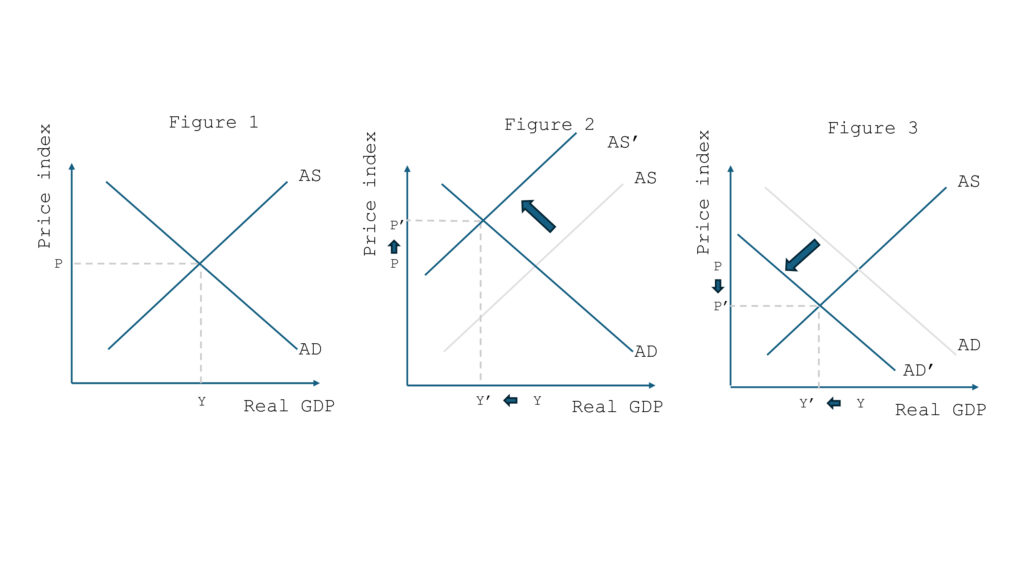This is a guest article written by Edoardo Aliprandi from our partners at Converteo on the effect of US tariff hikes in both the US and Europe. Edouardo is a lead data pricing manager analytics engineer with a background in economics and has given us a guide as to how the threat of new tariffs will impact e-commerce websites, the economy, and price-elasticity.
Entering turbulence and historical precedents
One April morning, standing behind a bed of tulips in the White House garden, Donald Trump unveiled his chart for international trade to a global audience: to sell in America, thou shalt pay tariffs. Very soon, the golden calf took a hit: the bull market, already faltering for weeks, completely collapsed. Since April 2, major stock indices have been in free fall, casting a shadow of uncertainty over the global economic outlook. Price stability—barely recovering from post-Covid turbulence—is once again being tested. This political bombshell and the market turmoil it triggered is reminiscent of the first oil shock of 1973. In the aftermath of the Yom Kippur War, amid declining U.S. oil reserves, OPEC imposed an oil embargo on Western economies, causing oil prices to skyrocket by 70%. The deeper reason? To strengthen their geopolitical standing and wield powerful bargaining leverage—a logic not unlike today’s White House. The outcome is well-known: stalled growth, rising inflation and unemployment… in a word, stagflation, which defined the 1970s as much as ABBA’s greatest hits.
Since then Trump has backtracked, offering a 90-day reprieve for most countries except China, but it’s not exactly clear where anyone stands. While financial markets breathed a sigh of relief—though it remains to be seen whether this marks a true recovery or just a “dead cat bounce”—uncertainty continues to hang over the economic outlook and supply chains of American and European companies. This article explores a scenario in which the United States continues to use tariffs as a geopolitical weapon, along with the economic implications and pricing strategy consequences for businesses.
If tariff hikes are sustained, companies will need to adjust to a new paradigm: rising input costs, lost markets, and the emergence of new ones—forcing a shift in strategies and pricing to reflect these new realities.
Supply and demand shocks: pricing implications
By simulating the behavior of economic agents—businesses and consumers—the Aggregate Supply–Aggregate Demand (AS-AD) macroeconomic model helps estimate the impact of such shocks on activity and prices. It is based on two core principles:
- All else equal, companies seek to maximize margins and will try to increase sales as the price index rises. Supply is thus positively correlated with the price index.
Consumers’ real income and savings fall as prices rise, making them feel poorer and less inclined to spend (Pigou effect). Demand is thus negatively correlated with the price index.

In simple terms, two curves intersect at equilibrium (Figure 1), defining an equilibrium price and output. So, what would be the impact of a shock—like a tariff hike—on prices?
The AS-AD model describes two plausible scenarios, each with different effects on the price index:
- Supply shock: Input costs rise, squeezing business margins. For a given price index, companies are willing to produce less, shifting the aggregate supply curve left (Figure 2). In this case, reduced activity and restricted supply push prices up: we’re in a stagflation scenario.
- Demand shock: Households experience income losses (e.g., due to reduced exports), and for a given price level, they consume less, shifting the demand curve left (Figure 3). Falling demand pushes businesses to lower prices to sell their products, leading to deflation.
Clearly, a US tariff hike or oil shock affects both supply and demand curves: rising input costs hurt business margins and production capacity, while households lose income due to declining economic activity. Still, one effect usually dominates—stagflation in the 1970s, for instance, was mainly supply-driven. What about the shock triggered by the new U.S. tariffs?
Inflation spiral in the U.S., deflationary pressure in Europe?
Trump’s trade war is turning into a full-blown crusade against the rest of the world (EU, China, BRICS). So the impact will likely differ between the initiator and those on the receiving end: one economy closing itself off, and others losing a major export market.
- In the U.S., trade barriers will significantly raise the cost of imports—possibly as much as the tariff increases themselves. Even domestic production won’t be spared, as many raw materials and components are imported and account for a large share of final costs, especially in strategic sectors like autos and electronics. Companies will face a choice: absorb the added costs or relocate production—a risky and expensive move in an uncertain context that could dampen investment. The economy may thus face a supply shock and stagflation, driven by margin pressures that discourage production expansion.
- In Europe, falling exports to the U.S. could reduce incomes. Companies may respond by adjusting their labor force, weighing on household demand. While input costs will also rise, the effect should be milder, since retaliation will likely target only U.S. products. A demand shock—and thus deflation—is more likely, potentially worsened by Chinese products dumped onto the European market after being rerouted from the U.S.
These assumptions appear to be confirmed by recent moves from central banks. Jerome Powell at the Fed has become more cautious about rate cuts initiated in late 2024, to curb price surges. In contrast, JP Morgan predicts three rate cuts in Europe this year, aimed at stimulating demand and fighting deflation.
Different challenges for businesses on each side of the Atlantic
In the U.S., businesses will need to revisit sourcing strategies and manage inflationary conditions.
In Europe, they must prepare for falling demand and weaker consumer willingness to pay for certain products.
Pricing in a fragmented world: adapting to local elasticities
In a world marked by trade fragmentation and rising protectionism, businesses must pay renewed attention to pricing strategy. The U.S. trade war—triggered by sudden tariff hikes—will not have symmetric effects across regions. The U.S. may face inflation from rising input costs, while Europe could experience a negative demand shock and deflationary pressures, worsened by Asian imports redirected from America.
In this context, understanding price elasticity becomes crucial — both as a tool for analysis and for experimentation. In Europe, where purchasing power is under pressure, raising prices can quickly lead to a sharp drop in sales volumes. But cutting prices isn’t a silver bullet either: if demand is inelastic, it may have little impact. That’s why businesses need detailed elasticity analysis by segment, drawing on internal data, market insights, and advanced analytics. The goal? Take a defensive approach on highly price-sensitive products, while maintaining stable pricing for high-value items where demand is less elastic.
Experimentation plays a key role in this process. By testing different price points across products and segments, companies can see in real time how cost changes impact conversion rates and overall sales. Understanding the impact of tariffs can help fine-tune pricing strategies to strike the right balance between volume, margin, and customer retention. This test and learn process would eventually enable companies to estimate a price tipping point, for which the business objective is optimized.
In the U.S., the new tariffs shuffle the deck but don’t offer immediate wins for all. Restructuring supply chains, reshoring production, or sourcing from new partners in unaffected regions is complex, risky, and costly. Market leaders—with stronger financial and contractual leeway—are better positioned to invest and possibly turn these challenges into long-term advantages, absorbing costs or even improving margins through price repositioning.
In inflationary settings, market leaders might also pursue aggressive commercial strategies, accepting temporary margin losses to outpace competitors. Weaker players, unable to absorb costs or adjust prices, could suffer under this new paradigm. Competitive pressure may accelerate market consolidation, benefiting the best-prepared firms.
Conclusion
In a reshaped global economy, understanding the Impact of tariffs on E-Commerce pricing elasticity is a critical lever of competitiveness. It requires a tailored, market-specific approach, combining knowledge of local elasticities with logistical adaptability. Only then can companies transform tariff constraints into sustainable competitive advantages.






